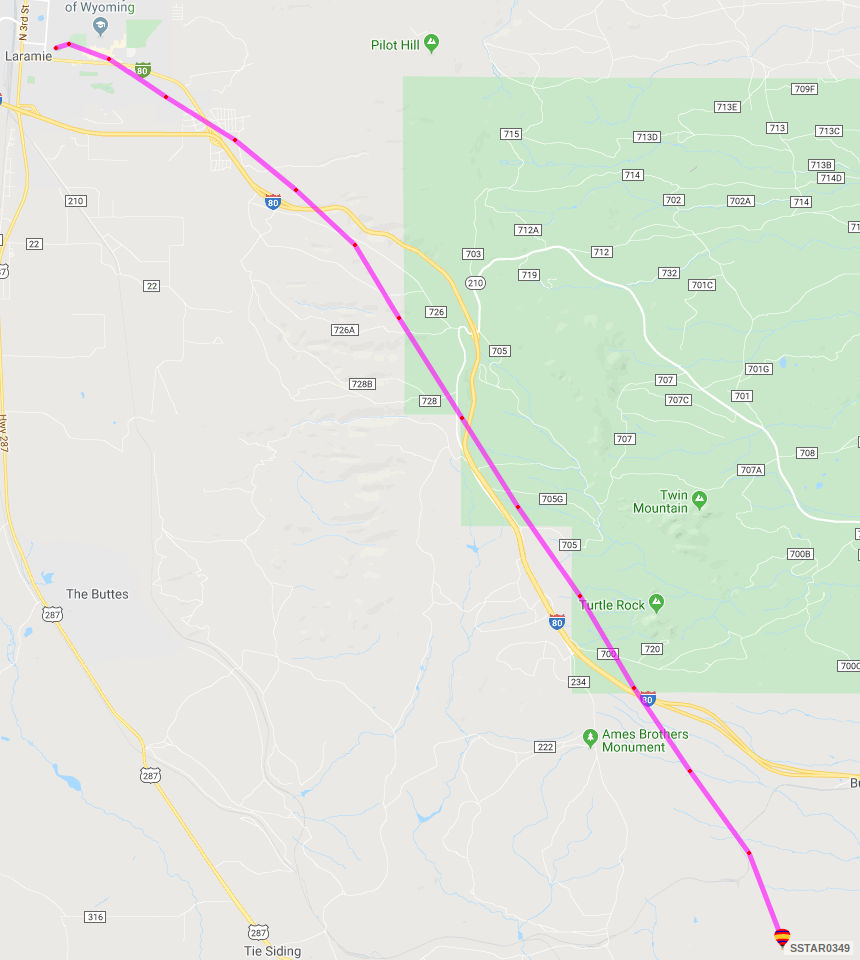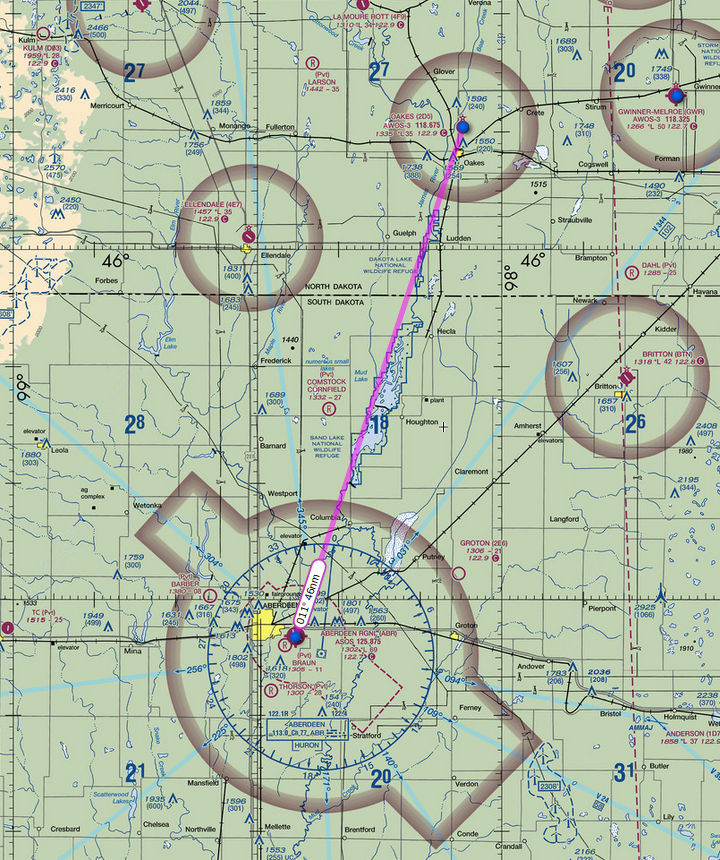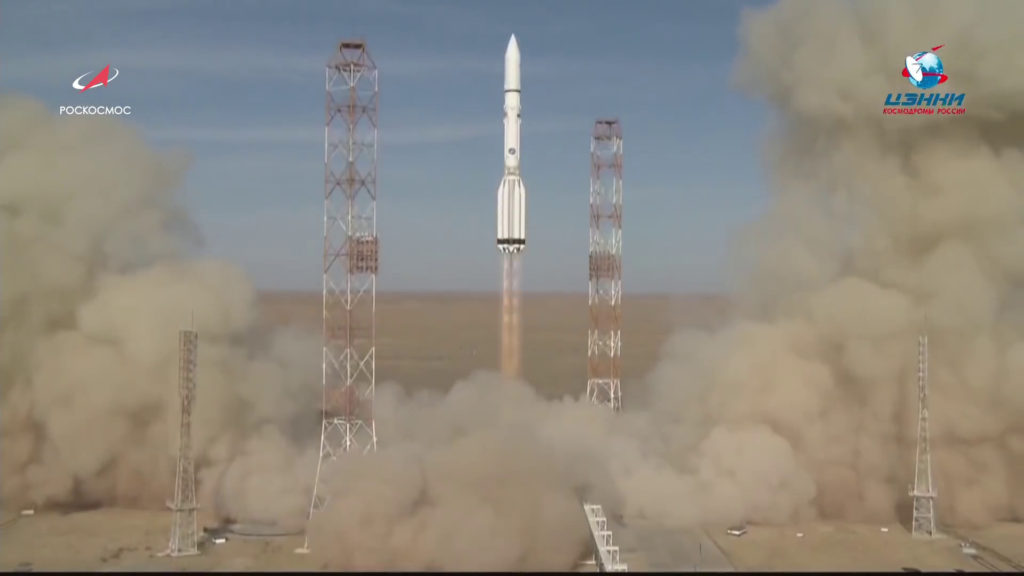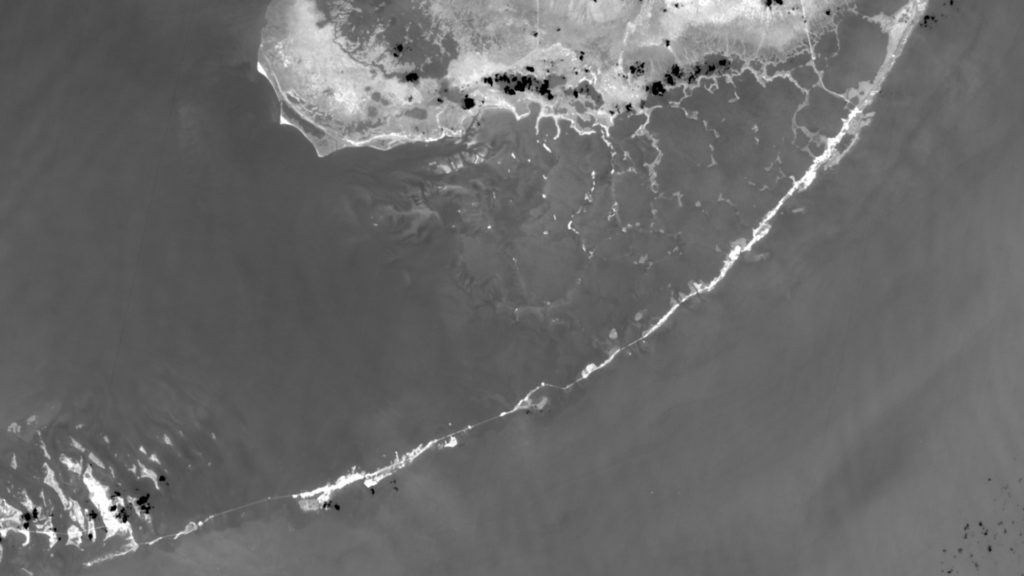
Wyoming Space Grant flew a Stratostar balloon mission 15 October 2019; the mission launched from Prexy’s Pasture in Laramie and landed near Hereford, Colorado after achieving an peak altitude of 28.6 km.
Wyoming Space Grant is also searching for University of Wyoming students interested in ballooning to apply to its 2020 LIFT Project. The deadline is 31 October 2019.





